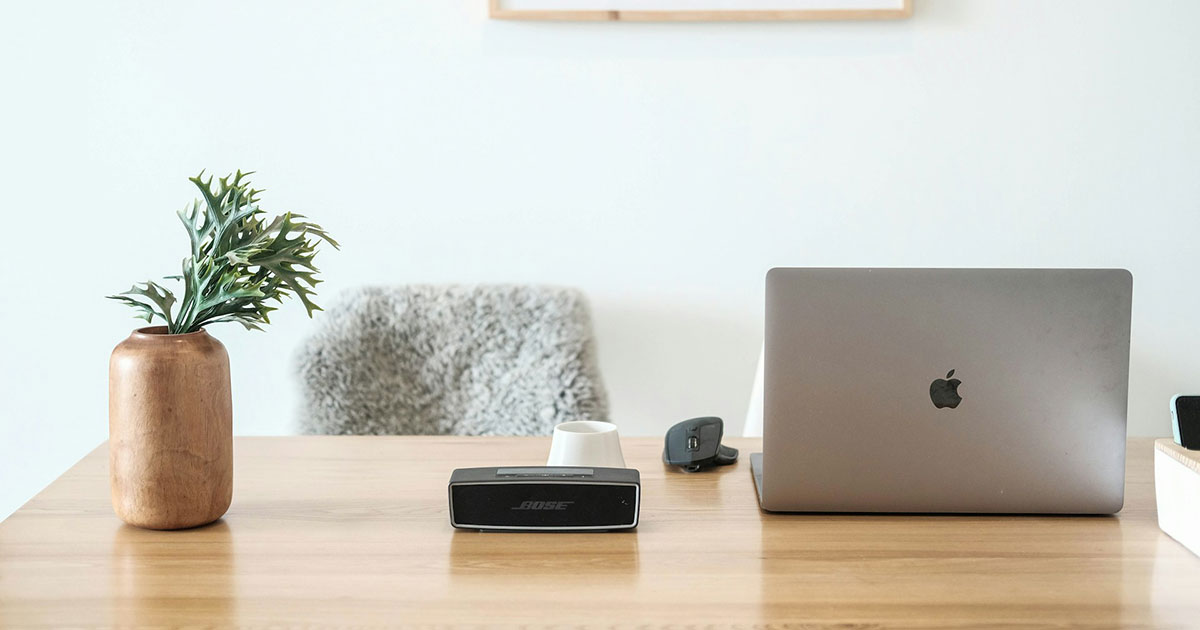Working from home has become the new normal, and finding the right space for productivity is essential. For many, the basement can be the perfect spot to create a quiet, private workspace. With a little planning and creativity, you can turn your basement into a productive area that’s comfortable and inspiring. Here are some practical workspace ideas for basements that will help you design a space that supports your work needs and fits your budget.
1. Start with a Simple Layout
When setting up a home workspace in a basement, the first step is to consider the layout. A basement is often an empty canvas, giving you flexibility in how you arrange your workspace. Start by defining areas for work essentials like your desk, chair, and storage. Think about how much space you need to move around and stay comfortable, and make sure to leave room for any equipment or tools that you’ll need. Keeping the layout simple helps you stay organized and gives you plenty of room to work efficiently.
2. Focus on Good Lighting
Basements usually lack natural light, which can make them feel dark and uninviting. To create a productive workspace, invest in quality lighting. Overhead lights are great for general lighting, but adding desk lamps and floor lamps can help create a bright and cheerful environment. Look for LED lights that are both energy-efficient and offer a warm tone, as harsh lighting can strain your eyes. If your basement has small windows, make the most of the natural light by placing your desk nearby. Good lighting not only helps you see better but also boosts your mood and energy levels.
3. Choose Comfortable Furniture
A comfortable workspace is a productive workspace. When organizing a small basement workspace, choose furniture that fits well without overcrowding the area. Start with an ergonomic chair that supports your posture and a desk at the right height for you. If you’re on a budget, consider affordable basement workspace solutions, like shopping for used furniture or DIY options. Comfort is key, so make sure you select pieces that you can work at comfortably for long periods. Adding a small rug can also make the space feel cozier, especially if the basement floor is concrete or tile.
4. Add Storage Solutions
Every productive workspace needs storage, and basement workspaces are no exception. Shelving units, cabinets, and desk organizers are all excellent ways to keep your space tidy. Floating shelves are a great option for saving space and keeping items within reach. Use labeled bins or boxes to store supplies, files, and personal items neatly. For organizing a small basement workspace, vertical storage is a smart choice—it frees up floor space and helps keep everything accessible. Having a clutter-free workspace can help you stay focused and make finding things easier.
5. Keep Your Space Fresh with Good Ventilation
Basements often have limited ventilation, which can make the air feel stuffy. To make your basement workspace comfortable, focus on ventilation. If your basement has a small window, open it for fresh air when possible. You can also add a fan or a portable air purifier to improve air circulation. Good ventilation keeps the air fresh, prevents dampness, and can help you feel more energized while working. If the basement tends to get too chilly, consider a small heater to keep it comfortable during colder months.
6. Personalize Your Workspace
Adding a personal touch can make your workspace feel more inviting and motivating. Decorate with items that inspire you, like artwork, plants, or family photos. Plants, in particular, can improve air quality and add a touch of color to the space. Wall-mounted boards are also useful for pinning notes, to-do lists, or inspiring quotes. Adding a few personal items makes the space feel like your own, helping you feel more at home and boosting productivity.
7. Use Noise Control Solutions
Basements can sometimes be noisy, especially if there’s activity going on upstairs. Noise can be distracting, so try adding sound-absorbing materials to reduce it. Carpets, rugs, and thick curtains can help absorb noise and make the space quieter. You might also consider using noise-canceling headphones, which can be especially helpful if you share the basement with other activities or family members. A peaceful environment makes it easier to concentrate, allowing you to get more done.
8. Manage Cables and Electronics
With computers, chargers, and other gadgets, a basement workspace can quickly become cluttered with cables. Cable organizers and clips are affordable solutions for keeping cords neat and tangle-free. For a cleaner look, you can hide cables under your desk or behind furniture. Power strips with surge protectors are useful, as they help you keep electronics safe and reduce the risk of overload. An organized cable system not only looks better but also helps you avoid tripping hazards and makes the workspace feel more streamlined.
9. Plan for Good Internet Connection
A strong internet connection is essential for any productive workspace, but basements often have weaker signals. To ensure you stay connected, you might need a Wi-Fi extender to boost the signal. If possible, use an Ethernet cable for a direct connection, which provides faster and more reliable internet. Having a stable connection allows you to work smoothly, whether you’re on video calls, sending emails, or doing research.
10. Create Zones for Different Tasks
If you have enough space, consider creating different zones for various tasks. For example, one corner could be dedicated to computer work, while another might serve as a reading or brainstorming area. A small table and chair set away from the desk can provide a spot for taking breaks or doing non-digital tasks, like reviewing paperwork. Having designated zones helps you stay organized and makes it easier to switch between tasks without getting distracted.
11. Stay Organized with a Daily Routine
A basement workspace can make it easy to get lost in work, especially if it’s quiet and private. However, it’s important to set a daily routine to maintain a work-life balance. Start and end work at the same time each day, and take regular breaks to stay refreshed. A structured routine helps you stay on track, and stepping away from your workspace helps prevent burnout. You can also keep a calendar or planner in your workspace to organize your day and stay productive.
12. Embrace Affordable Basement Workspace Solutions
Creating a basement workspace doesn’t have to be expensive. Affordable basement workspace solutions, such as DIY shelves, secondhand furniture, or repurposing items you already own, can help you save money while building a functional space. A little creativity goes a long way. For example, a bookshelf can be turned into a desk organizer, or a simple desk can be improved with a stylish mat or lamp. Investing in a few key items, like a comfortable chair or good lighting, can make a big difference without breaking the bank.
Final Thoughts on Setting Up a Productive Basement Workspace
With the right setup, a basement can become a productive and comfortable home workspace. From choosing good lighting to organizing a small basement workspace with creative storage, every detail counts when it comes to building a space that supports your work goals. By focusing on comfort, organization, and a few personal touches, your basement workspace can become a place where you feel motivated and ready to tackle each workday.
Whether you’re looking for tips for a comfortable basement workspace or affordable solutions to make it functional, remember that a productive workspace is one that works for you. Embrace your basement’s potential, and enjoy the perks of a private, personalized area designed just for getting things done.




